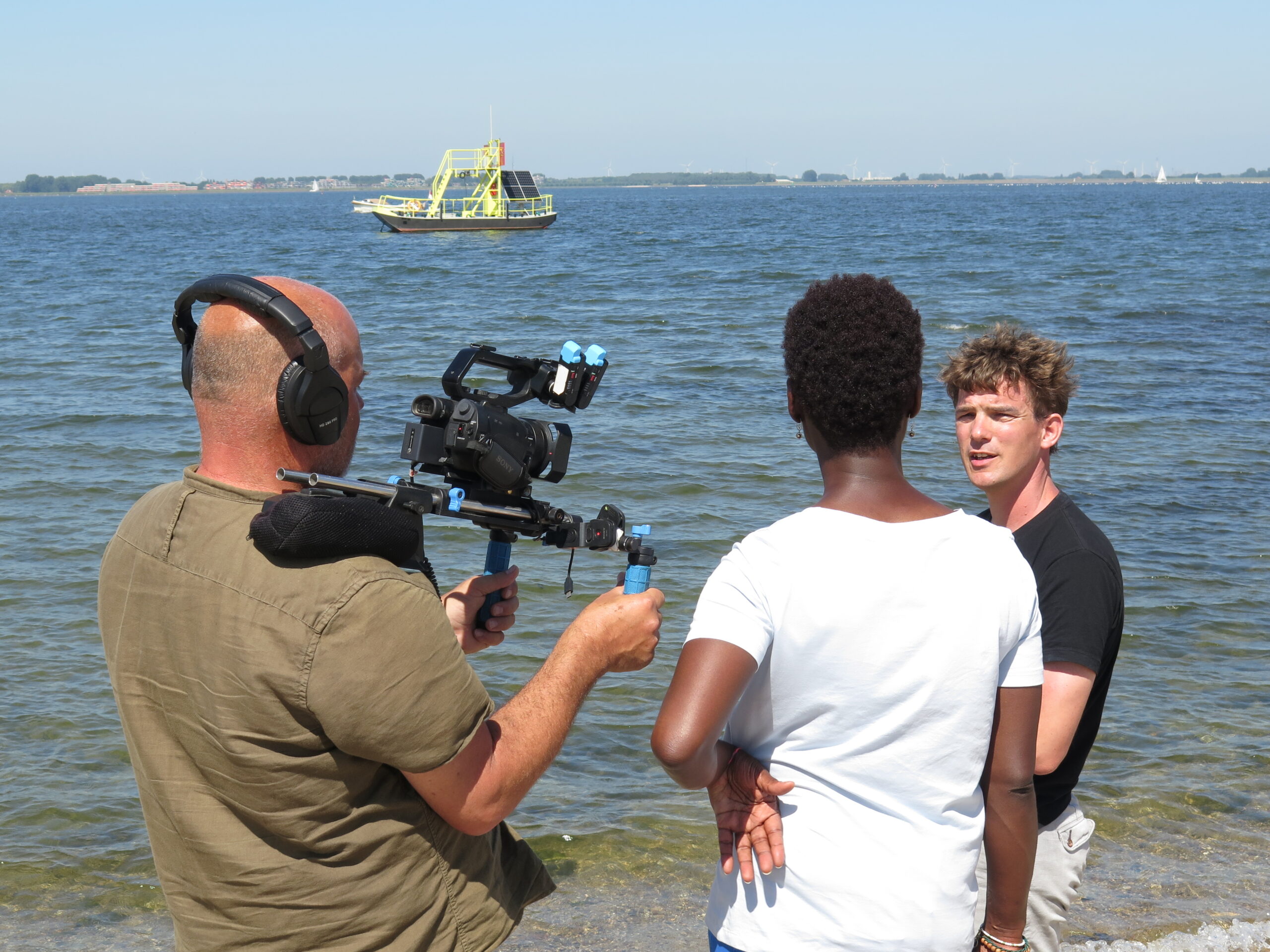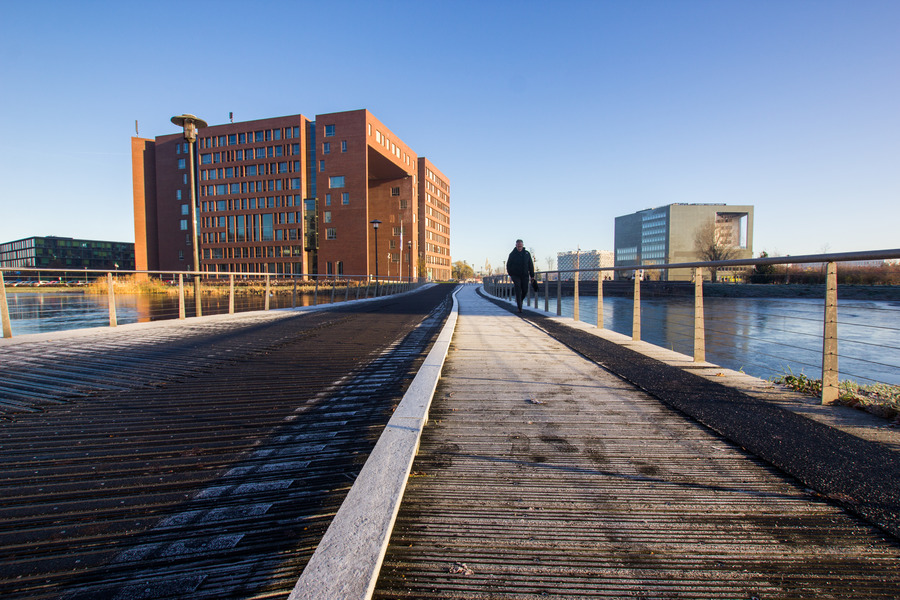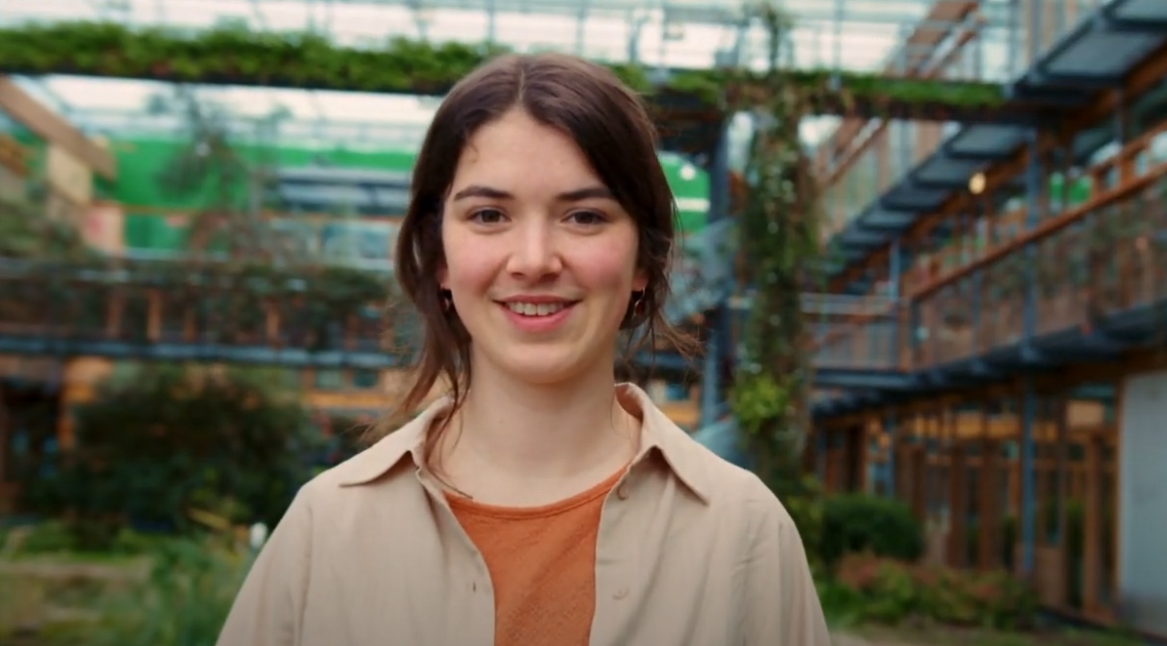Here, have 10,000 euros – and keep up the good work! Four Wageningen projects recently received a contribution from the KNAW fund for science communication, to use to involve the general public in their research. Recognition at last for something that has long been seen as a labour of love.
Text: Marieke Enter
Gewaardeed! (Appreciated!) is a new and for the time being one-off pilot fund for science communication established by the ministry of Education, Culture and Science, to be implemented by the Royal Netherlands Academy of Arts and Sciences (KNAW). It is part of a move to make science communication a fully recognized aspect of a scientific career. To liberate science communication from its hobby stigma means putting your money where your mouth is. Which is happening through initiatives like this fund, even if the Gewaardeerd! grant is relatively modest: a maximum of 10,000 euros per application.
Communicating with passion
It’s no goldmine, acknowledges Reindert Nijland. Nevertheless, the assistant professor of Marine Animal Ecology is very pleased with the grant, as the leader of one of the four Wageningen projects to be awarded it (see inset). His project is about sharing fascinating and new findings about marine ecosystems –‘with passion’, as the application stresses. ‘The grant is a nice recognition of our approach to science communication,’ he says. ‘To some extent, it happens spontaneously, out of enthusiasm for our subject and our personal fascination with marine ecosystems. But there is an underlying message too. We want to expand people’s understanding of how beautiful and clever marine ecosystems are, and also to point out their vulnerability and the threats to their survival. And with that message we also reach policymakers, politicians and the captains of industry, in the hope that our scientific findings will be a consideration in their decisions.’ In short, this is science communication aimed at making the world a better place.
Unexpected reactions
That motive is familiar to Arnold van Vliet (Environmental Sciences), who received 10,000 euros from KNAW too, in his case for sharing findings about recent developments in nature. ‘Scientists could have a much bigger impact on society if they didn’t limit themselves to academic publications so much,’ he thinks. ‘Just because something has featured in an academic journal, it doesn’t mean the rest of the world knows about it. In fact, you don’t even reach all the relevant scientists that way, let alone a wider audience and the people who make those important (and political) decisions.’
Better to be too visible than not visible enough
There are many more reasons to take science communication seriously. The more people know about your work, the bigger the chances of getting valuable feedback or input, is the experience of both Van Vliet and Nijland. Science communication reaches more than just the usual suspects in your academic field, and it brings you reactions from some unexpected directions as well. It is not just the academic ego that benefits from a tweet about sequencing by bike getting 1500 likes (Nijland), or from more than a million viewers seeing a TV news item about tick bites (Van Vliet). The quality of science benefits as well. And that is not all. Nijland: ‘With science communication, you don’t directly score points in a tenure track. But if you are good at it, it does help in the narrative of how you grow as a scientist.’
Media-savvy
What about the ‘there he goes again’ effect – the occasionally smirking reactions of colleagues to scientists who are often in the media? Van Vliet pauses for a moment when he’s asked about that. ‘Well, they never say that to my face,’ he responds. ‘I do often get told that someone’s mother or partner has seen me on TV again. Well, that’s all to the good, isn’t it? I am in the media a lot because I want to put something important in the spotlight. And you simply do need a lot of repetition to get the message across effectively – it doesn’t stick if you just talk about it once. So I am fairly indefatigable in this. If people see that as “there he goes again” – well, that doesn’t bother me. Better to be too visible than not visible enough. It does annoy me that some colleagues still haven’t even filled in their own WUR profile page. As though it’s not important to make it easy for the outside world to see what exactly we do.’
People telling me I’ve made them think – that’s what I do it for
But these are the exceptions, agrees Van Vliet. Overall, WUR and those who work there are actually doing pretty well at communicating what they do to the outside world. ‘The university offers good support in that too,’ says Nijland, referring both to training courses for scientists on topics like making nice vlogs, and to practical support from the Communication department. Van Vliet agrees. ‘WUR does more on communication than many other universities. It is quite a luxury, for instance, to have communication advisors, spokespersons and web editors here who can help you.’
Early on Sunday morning
Even with that support, science communication is not something you can casually produce on the side. It is time-consuming. Nijland and Van Vliet make time for it because they see science communication as an inextricable part of their task – even if that means being the guest on a popular radio programme early on Sunday morning. Nijland: ‘Of course I’d rather roll over and go back to sleep at that moment. But in general, science communication is a significant part of the pleasure I get from my job. People telling me I’ve made them think, reactions from a surprising direction – that’s what I do it for.’ He hardly ever gets negative reactions, he says. ‘In subject areas such as livestock or human health (Covid!) things can get very heated on social media. But I have very little to do with that. Nearly everyone likes marine biology, so you can’t so easily put a foot wrong.’
One million
The KNAW fund Gewaardeerd! has allocated a total of one million euros to ongoing projects for science communication in which at least three researchers are collaborating. Of the total of 96 applications submitted, the KNAW evaluation committee has accepted 91. Four of them come from Wageningen. Alongside Nijland’s and Van Vliet’s initiatives, the others are ‘Wageningen Young Academy: an inclusive future for scientists and scientific research’, submitted by Diana Machado de Sousa (Agrotechnology and Nutrition Sciences); and ‘Sustainability science communication without jargon’, submitted by Hanna Schebesta (Social Sciences). Successful applicants may spend the money on science communication as they see fit – the money is not earmarked more specifically than that.

 Behind the scenes: The nature TV programme Vroege Vogels (Early Birds) watches how Nijland places fish hotels in the Haringvliet inlet. ‘Journalists and media are willing to make space for good science stories’, is his experience. Photo Tinka Murk
Behind the scenes: The nature TV programme Vroege Vogels (Early Birds) watches how Nijland places fish hotels in the Haringvliet inlet. ‘Journalists and media are willing to make space for good science stories’, is his experience. Photo Tinka Murk 

